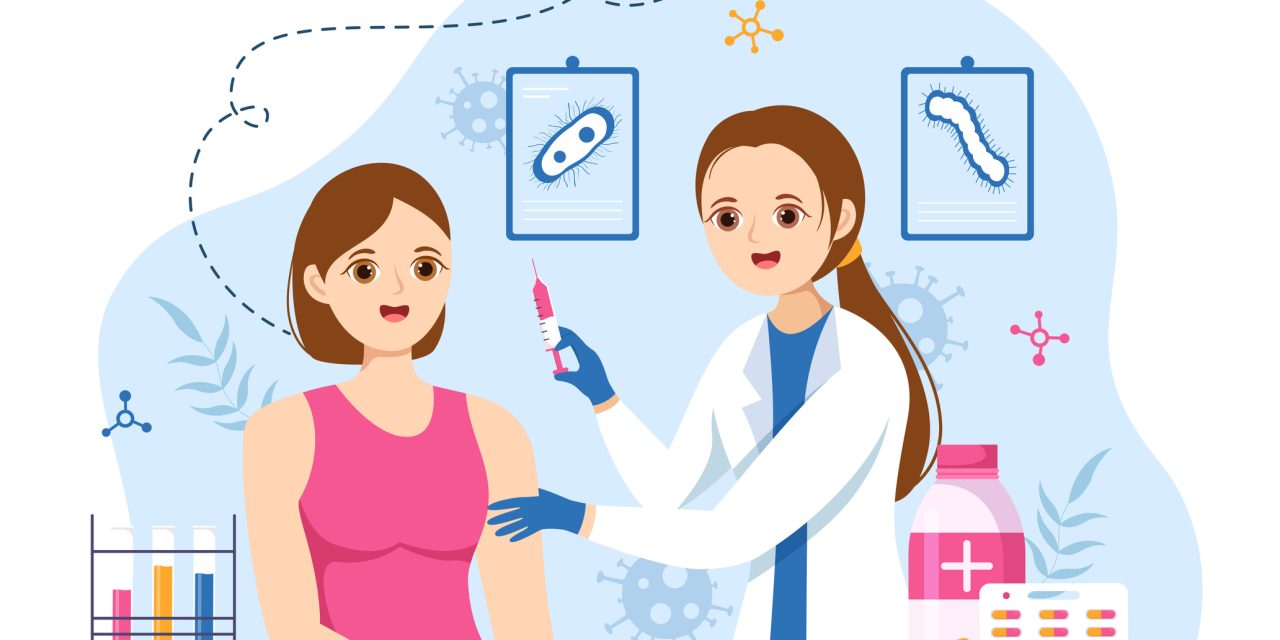Omalizumab the first anti-IgE antibody is proven with several real-world studies and meta-analyses as important adjuvant in severe allergic asthma. This study was undertaken for the first omalizumab biosimilar to establish clinical biosimilarity and interchangeability with originator product.
In this randomized, double-blind comparative study 105 subjects (70 subjects in the study group and 35 subjects in the reference group) were dosed up to week 16 as double blind phase and responders entered open label phase till week 24. All responders at week 16 received study product in open-label phase of the study as per their dosing schedule till week 24. The additional efficacy assessment visit was performed till week 24. Safety follow up visit was performed in responders at week 26. The pharmacokinetic (PK) and pharmacodynamic (PD) assessment was planned in 48 subjects after first dose of omalizumab.
In double blind phase, 4 (5.80%) asthma exacerbations were reported in study arm compared to 1 (2.86%) asthma exacerbation in reference arm with no statistically significant difference (p>0.05). The time to first asthma exacerbation was 53 days in study arm compared to 62 days in reference arm. In study and reference arm, the mean change from baseline in forced expiratory volume in one second (FEV1%) was 7.51 and 5.98 at week 4; and 12.30 and 8.94 at week 16 respectively while mean change from baseline in forced expiratory volume in one second/forced vital capacity (FEV1/FVC%) was 4.20 and 4.06 at week 4 and 6.77 and 7.10 at week 16 respectively (no statistically significant difference, p>0.05). At week 16, 4 (5.80%) subjects in study arm had 50-75% inhaled corticosteroids (ICS) dose reduction compared to 2 (5.71%) subjects in reference arm. The proportion of subjects with meaningful improvement in Asthma Quality of Life Questionnaire (AQLQ) (improvement in overall AQLQ score ≥0.5), mean change in overall Asthma Control Questionnaire (ACQ) score and proportion of responders based on Global evaluation of treatment effectiveness (GETE) assessment also was similar at 16 weeks. A total of 101 adverse events were reported out of which 63 were reported in the study or biosimilar arm and 38 were reported in the reference or innovator arm. Two serious adverse events (SAEs) were reported, one in each arm. No deaths occurred during this study and the safety observations are consistent with the known safety profile of omalizumab. All the samples analysed in this study were negative for anti-omalizumab antibodies. There was no significant difference in the PK and PD evaluation.
The evaluation of pharmacokinetics, pharmacodynamics, efficacy, safety and immunogenicity was concluded to show no meaningful clinical difference of the biosimilar omalizumab with the reference product.
© Journal of the Association of Physicians of India 2011.
Randomized Comparative Clinical Study of First Global Omalizumab Biosimilar with Innovator Product in Moderate to Severe Persistent Asthma.


